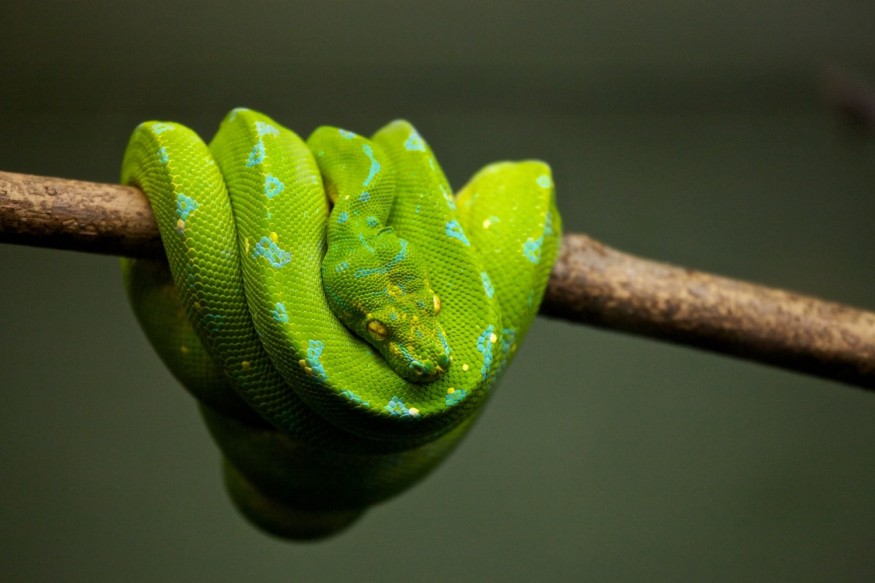A massive asteroid slammed into Earth's atmosphere 66 million years ago, obliterating non-avian dinosaurs. Mammals, frogs, reptiles, and other survivors expanded out, diversified, and evolved into many of the species we know today and it all just happened in a blink of an eye.
However, a new study has pinpointed what snakes were doing during the Cretaceous-Paleogene (K-Pg) mass extinction. Only a few of the asteroid-surviving snakes appear to have evolved into today's snake species.
The Mass Extinction and Asteroid Survivors

There has been some debate among scientists regarding how much the mass extinction impacted squamates (reptiles like lizards and snakes). Initially, it was assumed that they experienced only minor losses, but evidence of a high rate of squamate extinctions along the K-Pg boundary in North America was discovered.
It was particularly challenging for the researchers to analyze the evolutionary history of snakes across the K-Pg border. Due to the absence of early snake remains, evolutionary genetic study of snakes is limited to a small number of traits. According to the researchers, this can lead to skewed patterns that do not match their genetic background.
The researchers were able to offer a full perspective of contemporary snakes from then to now by integrating multiple modeling techniques incorporating genetic data and fossil samples in different time periods.
After the asteroid had struck the planet, the dinosaurs died, and then suddenly there was a lot more area to explore. Due to the elimination of rivals (including other snake species and reptiles), the survivors were free to slither around as they pleased, moving into new niches, ecosystems, and even countries.
"It's remarkable, because not only are they surviving an extinction that wipes out so many other animals, but within a few million years they are innovating, using their habitats in new ways," says Catherine Klein, the study's primary author and phylogeneticist, who worked on the project while at the University of Bath
According to Nick Longrich, one of the team's researchers from the University of Bath, the study indicates that by wiping out old species, extinction functioned as a sort of 'creative devastation,' allowing survivors to exploit the holes in the environment, trying out new lifestyles and ecosystems.
We know there were cretaceous snakes before this period because their vertebrae were different. However, following the extinction of those snakes, contemporary snakes in all their amazing shapes and forms began to emerge. After the enormous 10-kilometer (6.2 mile) asteroid destroyed Earth, vipers and cobras, tree and sea snakes, boas, and pythons all appeared.
The Modern Snakes
There are more than 3,400 species of reptiles classified as snakes (suborder Serpentes), often known as serpents, defined by their lack of limbs and enormously elongated bodies and tails. Snakes, which are classified with lizards in the order Squamata, are a type of lizard that has experienced a structural reduction, simplicity, and loss, as well as specialization, during evolution.
Snakes are the only reptiles without external limbs, however not all legless reptiles are snakes. Some burrowing lizards only have their front or hind limbs, or they may even be legless. Snakes, unlike lizards, do not have moveable eyelids, resulting in an unsettling gaze. Snakes do not have external ear holes either.
© 2025 NatureWorldNews.com All rights reserved. Do not reproduce without permission.





